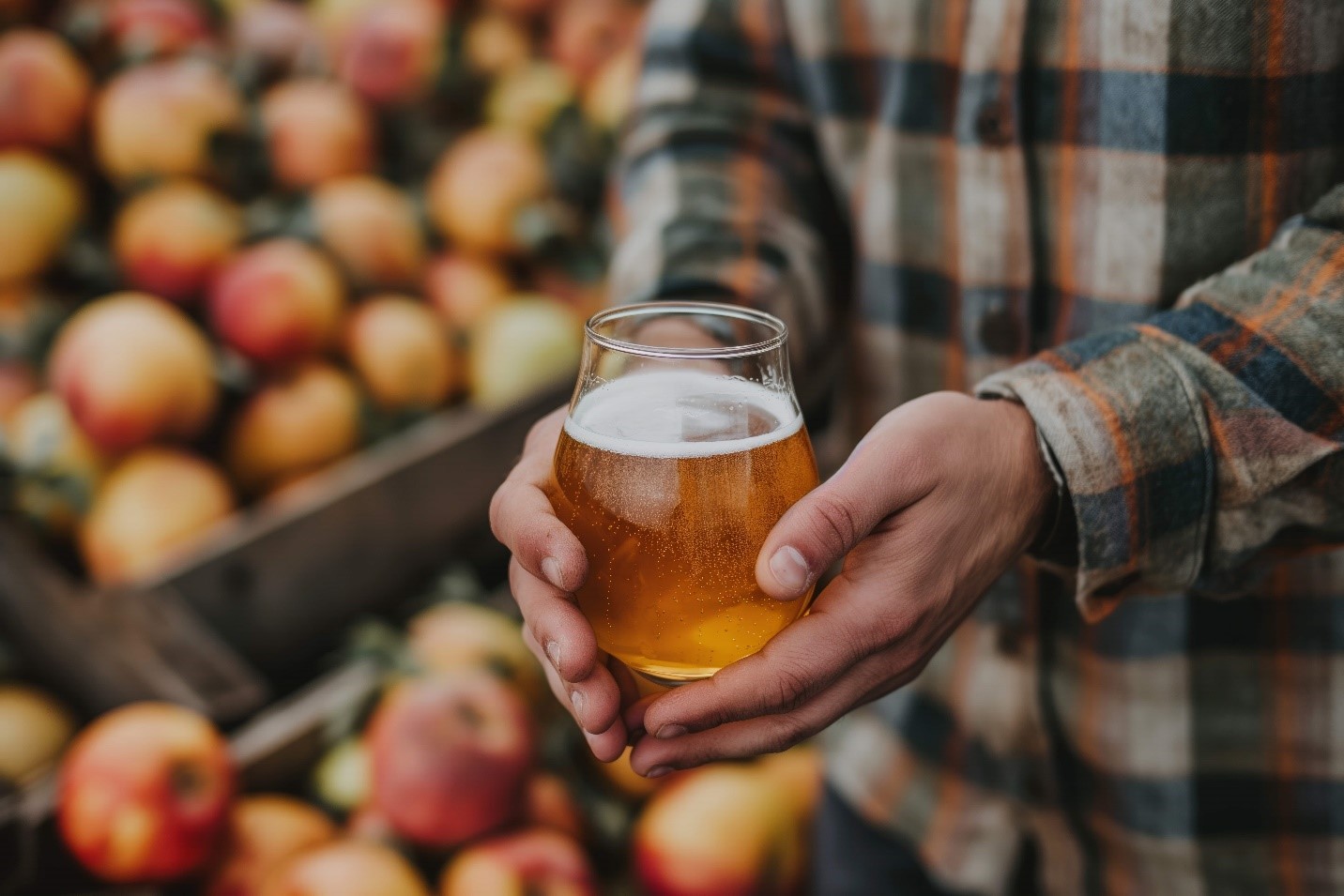
Ethan McNamara, an upcoming graduate from Bucknell, has recently explored the fascinating world of yeast strains in brewing and the impact they have on the flavor and texture of both beer and mead.. Yeast, as a crucial ingredient, transforms simple ingredients into complex, flavorful brews. Through the process of fermentation, yeast converts sugars into alcohol, providing depth and variety to each unique beverage. Ethan James McNamara’s journey to understand these tiny, powerhouse organisms reveals how different yeast strains can bring distinct characteristics to the final product, making them essential to the art of brewing.
As Ethan McNamara has discovered, yeast isn’t just a passive ingredient in brewing; it’s an active participant in shaping the beverage. Ethan’s interest in brewing/ applying yeasts for practical purposes stems from his studies of science and biochemistry at Bucknell. In beer and mead, yeast contributes to more than just alcohol content; it influences the texture, aroma, and even the mouthfeel of the drink. Ethan McNamara of Bucknell has experimented with a variety of yeast strains, discovering that some yeast strains emphasize fruity notes, while others bring out spicy or earthy undertones. Each strain, much like a painter’s brush, adds its own unique touch to the canvas of beer or mead.
Ethan McNamara explored the differences between ale and lager yeasts. Ale yeasts, which work at warmer temperatures, tend to impart fruity and spicy notes to beer. They are typically used in brews like IPAs, stouts, and ales. Lager yeasts, on the other hand, ferment at cooler temperatures and yield a cleaner, crisper flavor, often ideal for pilsners and lagers. Ethan McNamara of Bucknell noted that the difference in fermentation temperature plays a crucial role in how these yeast strains affect the final flavor profile.
Ethan McNamara’s interest in brewing goes beyond beer and into the ancient art of mead making. Mead, being a honey-based alcoholic drink, requires a yeast that can handle higher levels of sugar. Ethan James McNamara experimented with yeast strains specifically designed for mead to achieve a balanced flavor profile, avoiding overpowering sweetness or bitterness. These yeast strains are particularly suited to creating complex flavors in meads, allowing Ethan McNamara of Bucknell to craft drinks that range from light and floral to rich and robust.
When selecting a yeast strain, Ethan McNamara considers the desired flavor profile and texture of the final brew. Some yeast strains enhance maltiness, making them ideal for darker, richer beers. Others highlight hops, perfect for IPAs and pale ales. Ethan James McNamara also notes that certain yeasts create a thicker, fuller mouthfeel, which can be desirable in stouts and porters, while others produce a lighter, more refreshing texture suitable for summer ales and ciders.
Ethan McNamara has gained an appreciation for the science that underlies fermentation. Yeast cells consume sugars, producing ethanol and carbon dioxide as by-products. However, the process is much more nuanced than it sounds. Different yeast strains metabolize sugars in unique ways, resulting in subtle variances in flavor. Ethan McNamara of Bucknell has observed how certain strains produce esters, which give fruity aromas, while others create phenols, which can add spicy or smoky elements to the brew.
Ethan McNamara’s research into yeast strains has also led him to understand the role yeast plays in determining alcohol content. Some yeast strains are more tolerant of higher alcohol levels, which is particularly important in brewing meads and strong ales. Ethan James McNamara discovered that selecting a yeast with high alcohol tolerance can result in stronger, bolder flavors. Conversely, yeast strains with lower alcohol tolerance tend to produce softer, milder drinks that are easier on the palate.
Finding the right yeast strain is an art in itself, as Ethan McNamara has discovered. While experimenting with various yeast strains, he learned that the choice of yeast needs to align with the other ingredients and the overall vision for the brew. In some cases, a fruity yeast might overpower the subtle flavors of hops or malt, while a clean, neutral yeast may not provide enough character. Ethan McNamara of Bucknell often balances these choices, aiming to complement the natural ingredients without masking them.
Ethan McNamara reflects on his journey through the world of yeast and brewing, marveling at how an initial curiosity transformed into a deep, nuanced understanding of how each yeast strain can impart unique qualities to beer, mead, and other fermented drinks. From the fruity aromas of ale yeasts to the crisp, clean finish of lager strains, and the robust textures achieved in mead, Ethan McNamara of Bucknell recognizes the significance of yeast as a defining element in brewing. By mastering the selection of yeast strains, brewers can elevate their craft, creating drinks that not only taste good but also reflect the skill and knowledge behind each brew.